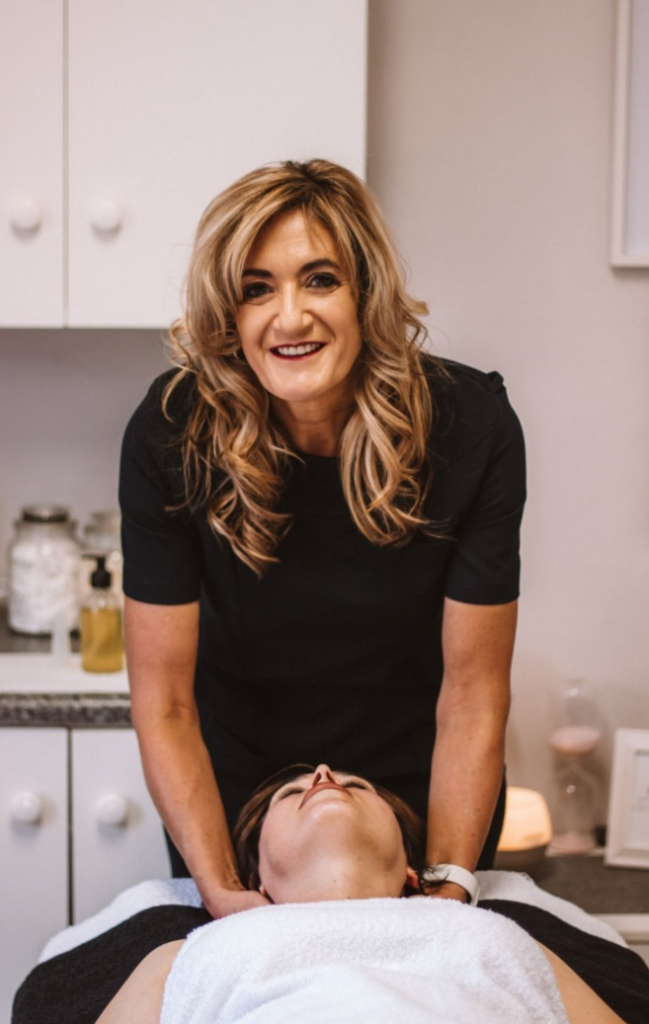Keeping your body in peak health depends on more than just getting sufficient exercise and eating the correct foods. We speak to award-winning therapist Diana Roux of Mbombela about the benefits of lymphatic massage.
What are the benefits of a lymph drain massage?
Lymph has become a popular form of massage due to its excellent healing benefits. Lymphatic drainage is a technique used to treat a wide variety of health conditions characterised by tissue swelling.
What is lymph drainage?
Lymphatic massage is a gentle massage that encou-rages the movement of lymph fluids in the body, fluids which help to remove waste and toxins from the body tissues. Certain health conditions can cause these lymph fluids to build up. While the heart continually pumps blood through the blood vessels, the lymphatic system relies on muscle movement to transport fluid through the lymph glands.
Health issues can interrupt the normal flow of lymph, causing the fluid to build up in a particular area of the body, often in the arms or legs, where it causes swelling. This condition is called lymphoedema, and is due to a number of factors such as infections, cancer treatments that include the removal of lymph nodes, and other conditions that harm the lymph system. A lymphatic massage helps to reduce the swelling, removes toxins and helps to improve overall circulation.

Where does the lymph drain to?
Lymphatic vessels empty lymph into the right and left lymphatic duct. These ducts are connected to the subclavian vein, which returns lymph into the bloodstream. The waste substances travel through the kidneys and bladder, from where they are expelled from the body. There are seven main lymph nodes that are drained with every treatment, and all movements are always done in the direction of the heart.
How do I know if I have toxins in my body?
It is easy to determine by the colour of your urine. The darker the urine, the more toxins in the body. This is one of the reasons why it is so important to drink the right amount of water for your body. To ascertain how much water you need, take your body weight and divide it by 25, for example 100kg/25 = 4 litres of water per day.
Are there any side effects after a lymph session?
Yes. Increased relaxation and urination, improved bowl movement, nausea due to increased blood circulation, dizziness due to detoxification, and an increase in energy.
Who would benefit from this treatment?
Anyone who experiences the following conditions: lymphoedema, fibromyalgia, swelling or oedema, skin disorders, fatigue, insomnia, stress, digestive problems, arthritis, migraines, osteoarthritis, rheumatoid arthritis, systemic scoliosis, menopause, chronic venous insufficiency, or the common flu. Also, post-operative such as after a mastectomy or orthopaedic surgery, as well as post-stroke patients and breast cancer patients.

Who should avoid a lymph treatment?
Anyone with congestive heart failure or severe chronic obstructive pulmonary embolism (at risk for blood clots), and people with very dry, chapped skin or open wounds.
How important is lymph drainage?
It is advisable to make lymph drainage part of your wellness routine. A series of lymphatic drainage sessions every three months is recommended.
Lymphedema
When the lymphatic system is damaged or blocked, it cannot function as nature intended. Extra fluid builds up in the soft tissues, causing uncomfortable and unsightly swelling, usually in the arms or legs. Lymphedema is a common side effect of cancer treatment, especially in the case of a mastectomy, but also due to injury, surgery, a genetic disorder or infection. In some cases the reason for it is unclear.
Common symptoms include:
• Hardening or thickening of the skin • Pain • Tissue swelling • Skin discoloration • Recurring infections • Heaviness in the limbs • Weakness.
Details: Contact Diana on 072 480 6688


